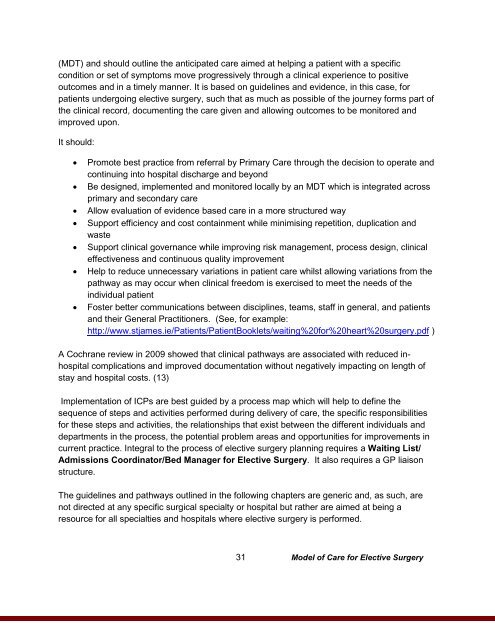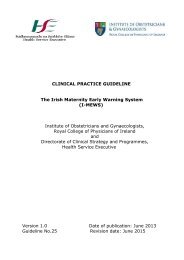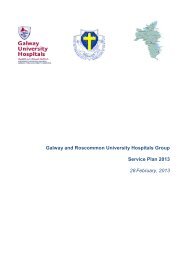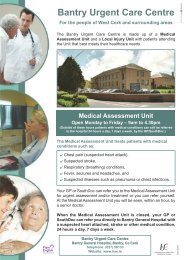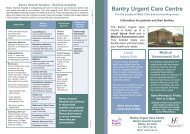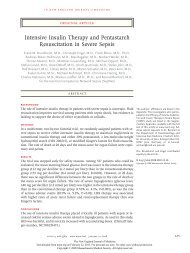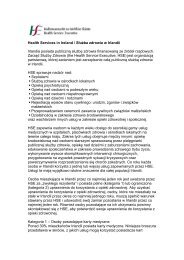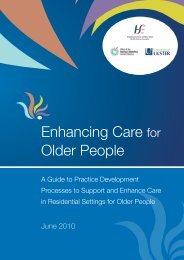Elective Surgery Programme Implementation Support Guide
Elective Surgery Programme Implementation Support Guide
Elective Surgery Programme Implementation Support Guide
Create successful ePaper yourself
Turn your PDF publications into a flip-book with our unique Google optimized e-Paper software.
(MDT) and should outline the anticipated care aimed at helping a patient with a specific<br />
condition or set of symptoms move progressively through a clinical experience to positive<br />
outcomes and in a timely manner. It is based on guidelines and evidence, in this case, for<br />
patients undergoing elective surgery, such that as much as possible of the journey forms part of<br />
the clinical record, documenting the care given and allowing outcomes to be monitored and<br />
improved upon.<br />
It should:<br />
Promote best practice from referral by Primary Care through the decision to operate and<br />
continuing into hospital discharge and beyond<br />
Be designed, implemented and monitored locally by an MDT which is integrated across<br />
primary and secondary care<br />
Allow evaluation of evidence based care in a more structured way<br />
<strong>Support</strong> efficiency and cost containment while minimising repetition, duplication and<br />
waste<br />
<strong>Support</strong> clinical governance while improving risk management, process design, clinical<br />
effectiveness and continuous quality improvement<br />
Help to reduce unnecessary variations in patient care whilst allowing variations from the<br />
pathway as may occur when clinical freedom is exercised to meet the needs of the<br />
individual patient<br />
Foster better communications between disciplines, teams, staff in general, and patients<br />
and their General Practitioners. (See, for example:<br />
http://www.stjames.ie/Patients/PatientBooklets/waiting%20for%20heart%20surgery.pdf )<br />
A Cochrane review in 2009 showed that clinical pathways are associated with reduced inhospital<br />
complications and improved documentation without negatively impacting on length of<br />
stay and hospital costs. (13)<br />
<strong>Implementation</strong> of ICPs are best guided by a process map which will help to define the<br />
sequence of steps and activities performed during delivery of care, the specific responsibilities<br />
for these steps and activities, the relationships that exist between the different individuals and<br />
departments in the process, the potential problem areas and opportunities for improvements in<br />
current practice. Integral to the process of elective surgery planning requires a Waiting List/<br />
Admissions Coordinator/Bed Manager for <strong>Elective</strong> <strong>Surgery</strong>. It also requires a GP liaison<br />
structure.<br />
The guidelines and pathways outlined in the following chapters are generic and, as such, are<br />
not directed at any specific surgical specialty or hospital but rather are aimed at being a<br />
resource for all specialties and hospitals where elective surgery is performed.<br />
31 Model of Care for <strong>Elective</strong> <strong>Surgery</strong>


